|
2023 was a good year for helmets, many of the lids I dug up were in bad shape, but some had survived very well. Here Im sharing pics of the best ones :)
0 Comments
A Gebirgsjägers field shower made from a 10l triangular fuel can. The bottom was perforated, a rubber hose attached between the "shower head" and a pump/reservoir, then hung up in a tree ready to use. An unusual and fun find from last season :)
Some of the better finds from the 2023 season :) Wound Badge and IAB found together. The bent needles hints of an abrupt separation from the uniform they sat on. An Austrian Ullr badge. These were private purchase tokens depicting Ullr, the patron of skiers. One of the tags from a hoard of unissued EKMs I found in a Gebirgsjäger camp. An unusual Norwegian uniform button, produced in Canada during WW2. Nordfront cross and a luggage tag. The Iron Cross I found on the edge of a fire pit. A destroyed Nordfront cross. Badge from a Finnish Reserve Officer school.
Before October ended the ground had already frozen and closed the digging season. I hoped for a while that we would get a few weeks of mild weather as it often happens here in the north, but this time winter steamrolled us. That of course sucked, but at the same time I had found more goodies this season than any of the previous ones. Throughout summer I had dug up a good handfull of medals and badges, and actually the very last find I got leaving the forest the day before snow fell was a nice Sturmabzeichen, so the season ended in the best way possible at least. Here are pics of the badges etc that I was lucky enough to grab with me: Pip for shoulderboard and a Edelweiss for a cap. A little deteriorated Ostmedaille, popularly called Order of the Frozen Flesh. Burnt and destroyed Lapplandfront cross. Another Ostmedaille, in quite good condition. A beautiful Edelweiss. Ostmedaille in three stages of being melted. A Petsamo machine gun badge. Wound Badge. SA Sportsbadge. The Iron Cross. Now that was fun to find :) Allgemeines Sturmabzeichen. The last signal I dug this season.
Lately Northern Norway has had too warm weather for searching and digging but now rain and cooler temps are on the horizon so prehaps it is time to get back out there. In the meantime I have been putting together this display; meet "Maschinengewehr-Gustav" :
I was going through a box with finds from this summer and I discovered a piece of some knitwear. It was crumbled together and full of soil. While I was brushing it clean I remembered that I had dug this up together with a helmet and not taken any notice of it. Now I realized it was a set of homemade earmuffs to wear under the cap or helmet. A really cool find and it is pretty neat that the woolen item survived completely intact :)
It is always exciting to dig up boxes where there is something inside. Sometimes you will find the box is filled with nails, or rocks, or just some gunk from something that had rotted away long time ago. Other times you can find buttons, coins, treasures, anything really. It is for me prehaps the biggest thrill with metal detecting as you never know what you`ll get, and the thing inside will either be quite rotted, or in good condition. Yesterday I found a small metal tin which had some contents. I knew from its shape and size that it was a Maskenbrille box. Maskenbrille were glasses to wear with the gasmask. The box is of very thin metal so most times these are far gone when you find one, or whats left of one. And if you find one intact they often turn into dry rust crumbles when you try open it. I decided to open the tin. With some antique dentist tool, a light hand and a little patience I managed to get the lid open with only minor damages. The maskenbrille was in surprisingly good condition so I am very happy with this find :) The kick when the lid is open... ..and it is so cool to find intact items. I am very happy with the condition of these glasses. Now it is time to clean and preserve the find. I will try to give the box a go in oxalic acid and hopefully some of the paint and text will be there.
A little more than a week ago I found a small ditch with two German helmets. They did look a bit rusty but I knew there would be some original color left under the rust and muck. First I gave them a wash with soap, warm water and a brush. Then I prepared a very hot bath with added oxalic acid for the two lids. I used somewhere between 50-100 gram acid for ca 20 litre water. I submerged the helmets and after 30 minutes I took the up and brushed them under fresh running water. Now lots of color were showing, but they needed a second go in the acid bath. Half an hour later I repeated the rinsing process but decided that a third go in the still warm acid bath would be to prefer. When I was done with the third brushing I placed the lids into a bucket with fresh clean water to neutralize and acid left on them, and later in the evening I could dry ther lids and give them a cover of the microcrystalline preservation wax I am making myself. The next morning the wax had dried and I gave both the lids a polishing with a rag before I took a few pics of them in the daylight. I am very happy with the result as both the helmets came out pretty good looking. Directly out of the ditch. After washing them with soap and water. The result after the oxalic acid bath and wax treatment. Video from finding the helmets below: The Trench-Art Football!
"Trench-art" are often items produced from metal or wood, made by soldiers or Prisoners of War using simple tools. They are often very personal items and is highly collectible. Last week I found an unusual "Trench-art" item, a Football! Found in a dumping pit in a Gebirgsjäger camp, and it was made from what seems like rubber from car tyres. I am not into football at all but this is a really interesting find. This German A-frame recently came out of an old barn in Northern Norway. It is in rather nice condition, showing some signs of wear and a hint of surface rust on the metal parts. The valley in where it was found had a large number of German combat troops withdrawing from the Finnish front in 1944, so this one might well have been brought by some of those troops.
The A-frame was used to carry the messkit, zeltbahn, tent pegs and other small items. Below is a link to follow if you want to read more about this piece of kit: www.mp44.nl/equipment/a_frame.htm |
Archives
April 2024
|
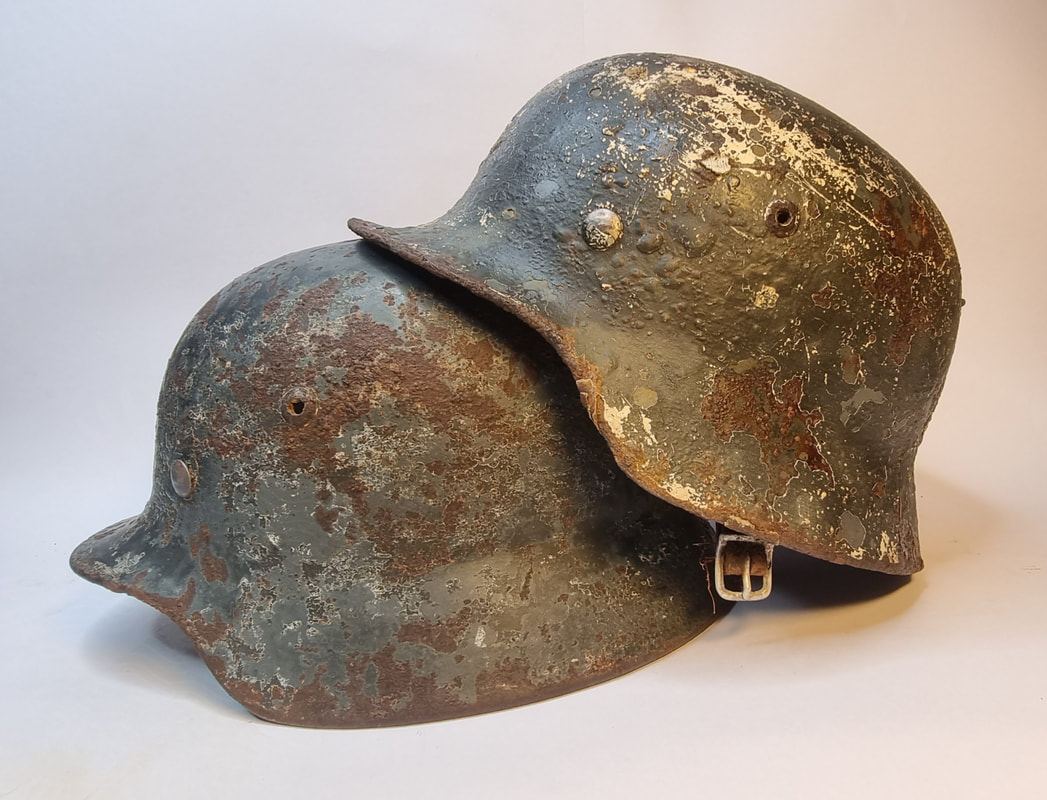


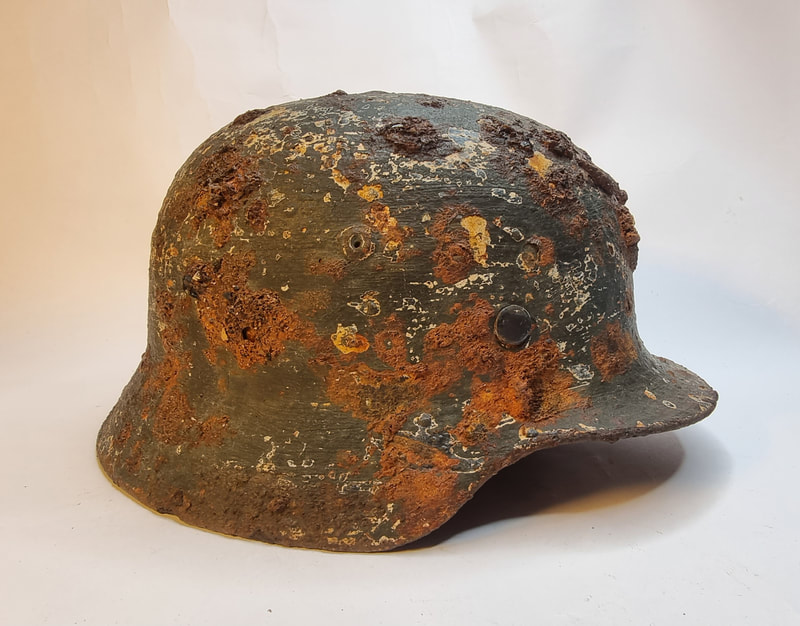


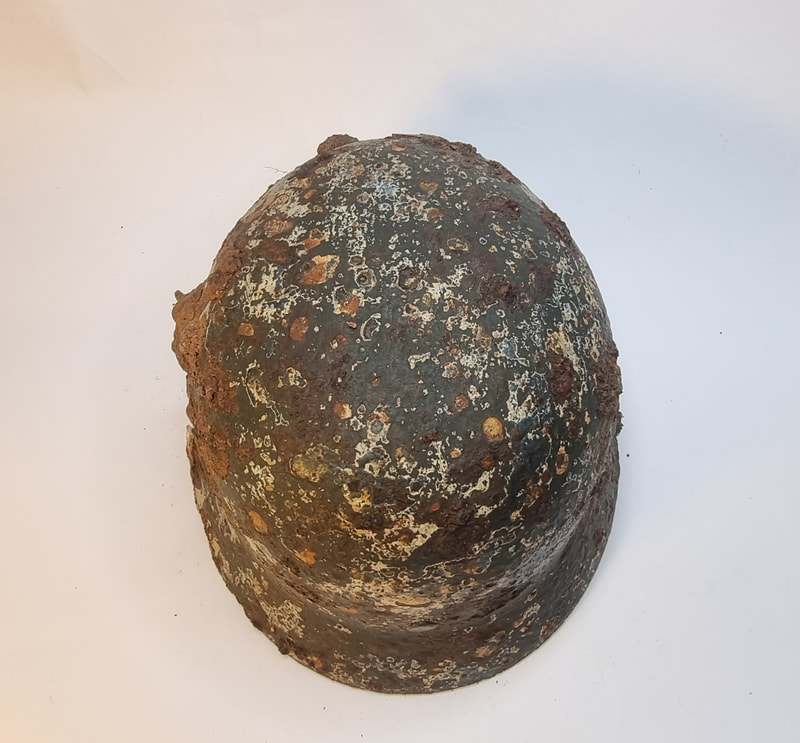











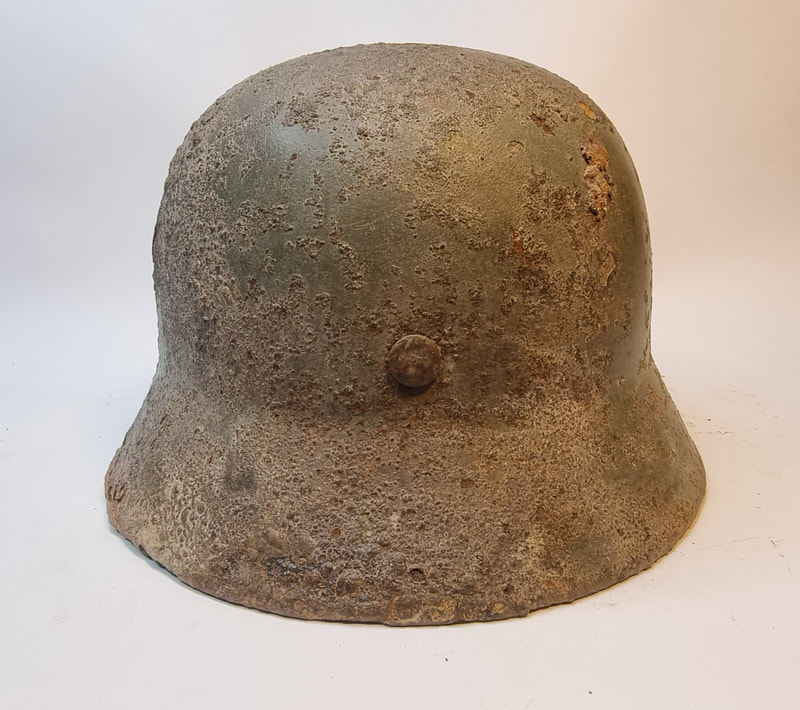










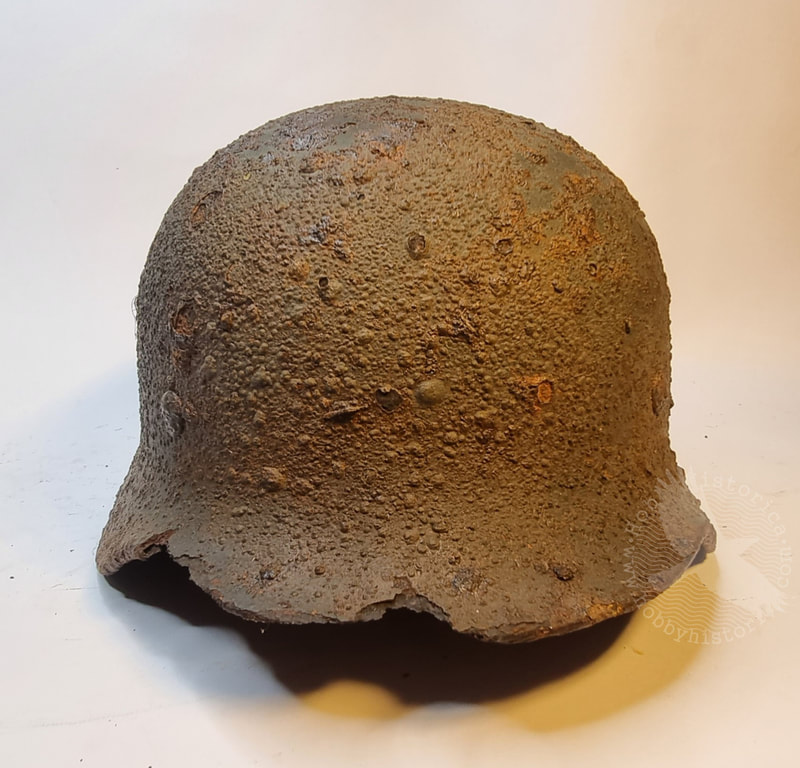












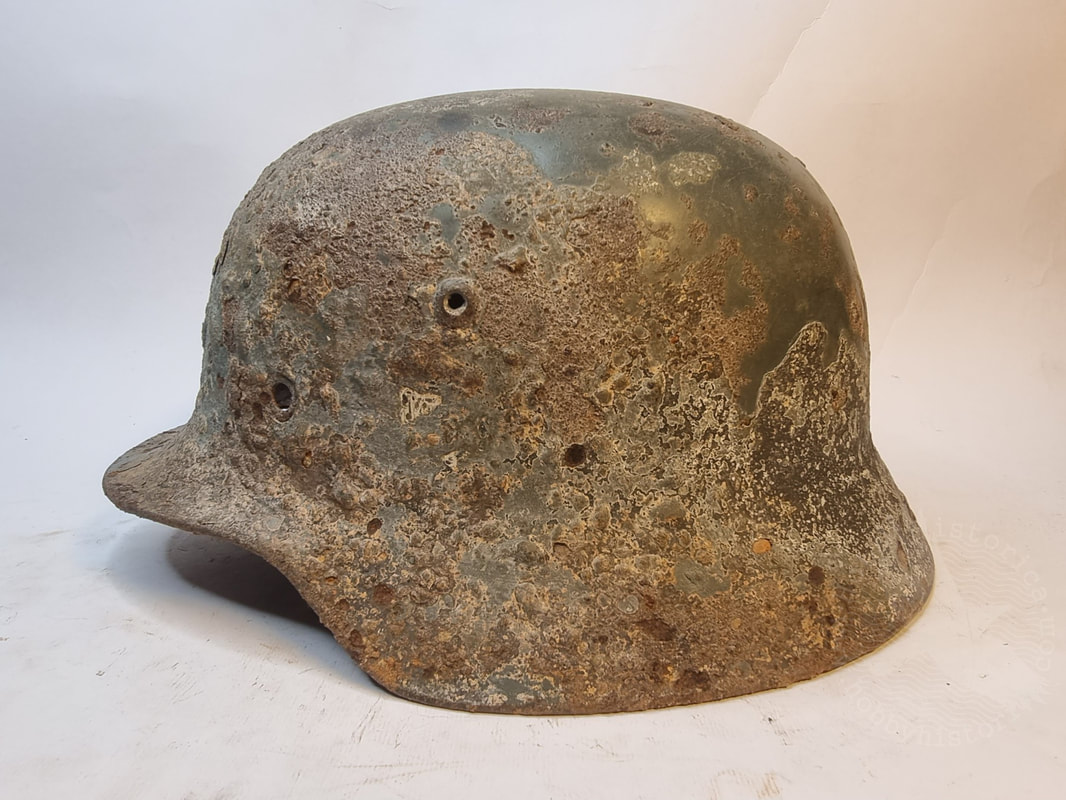

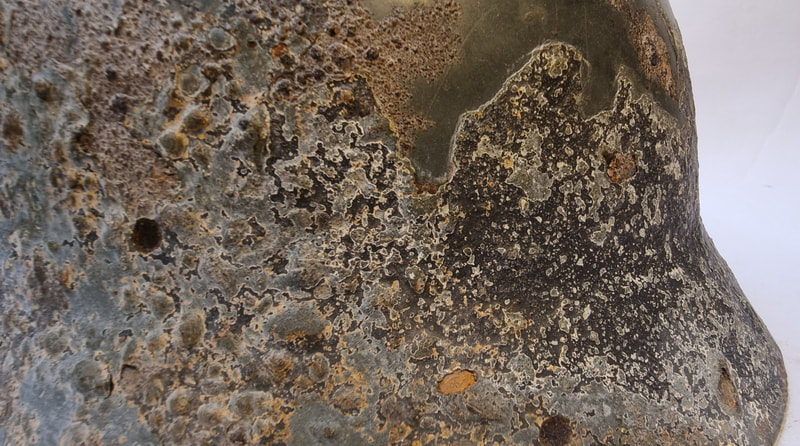






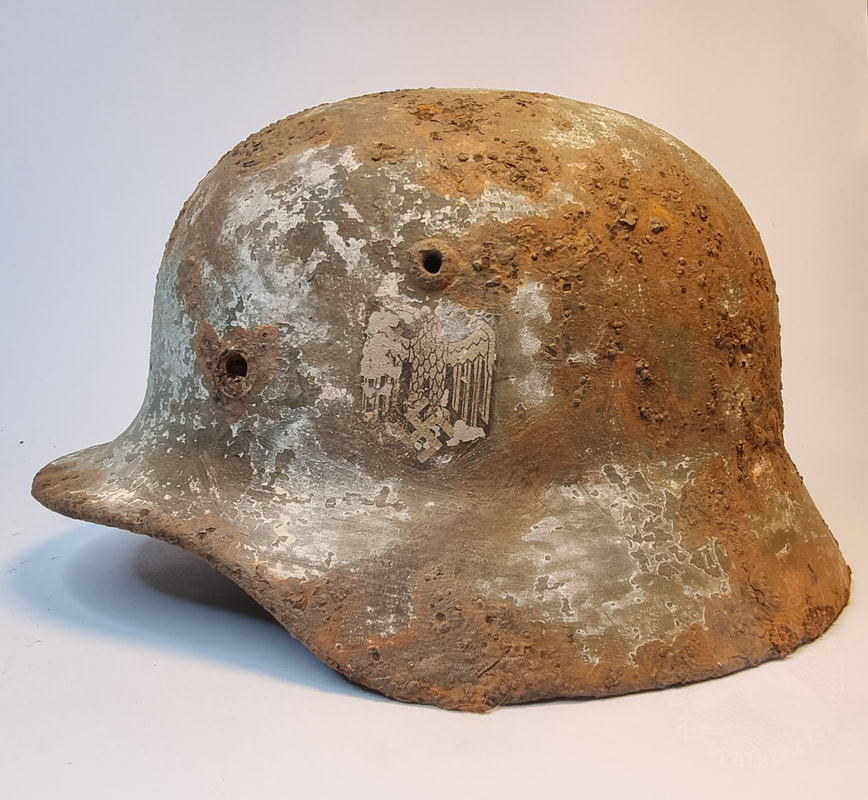







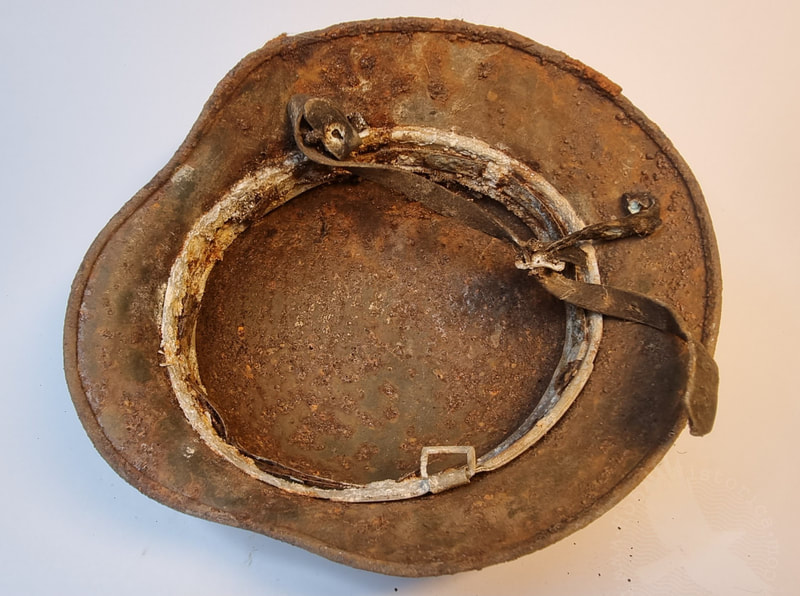



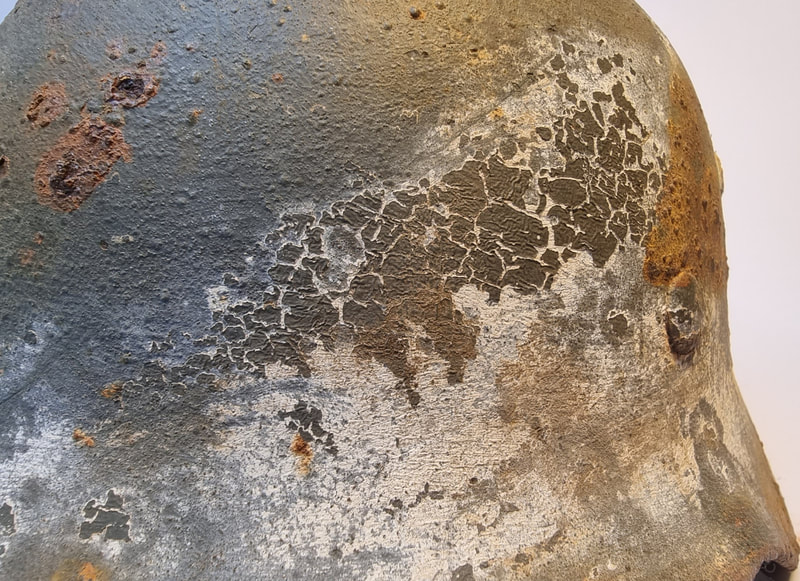











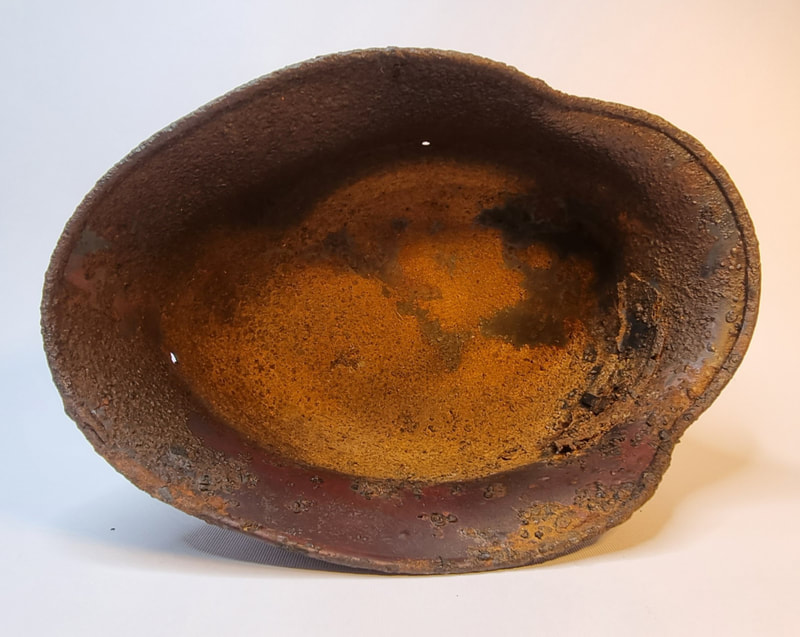





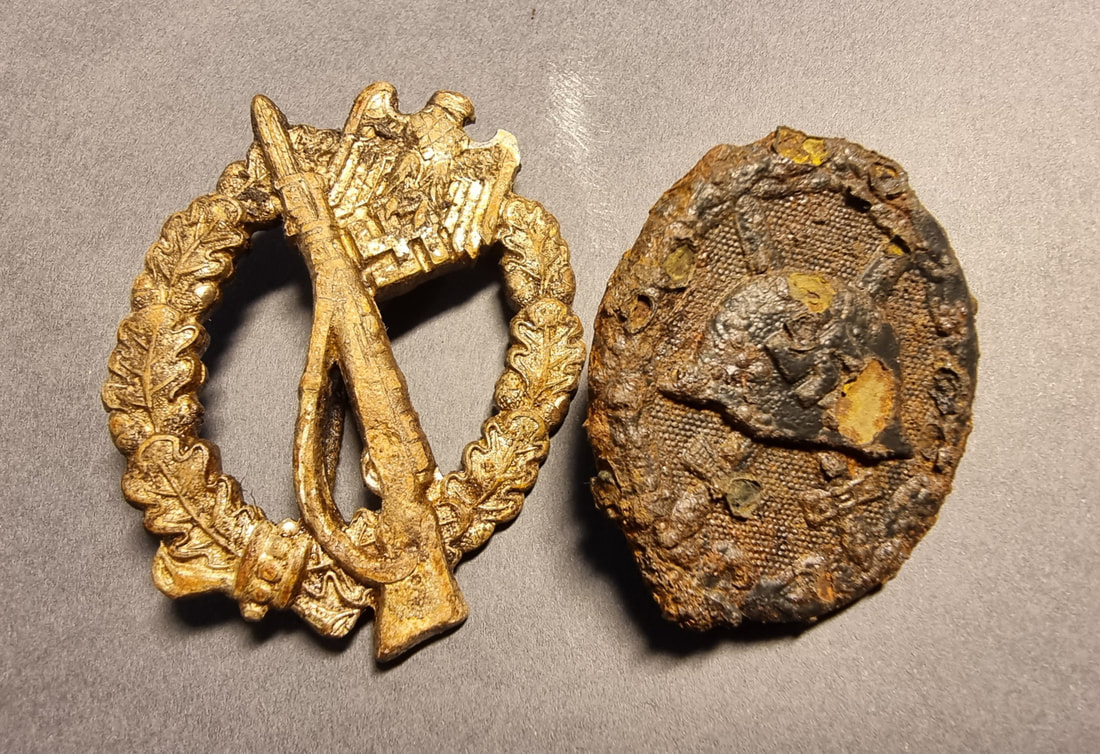



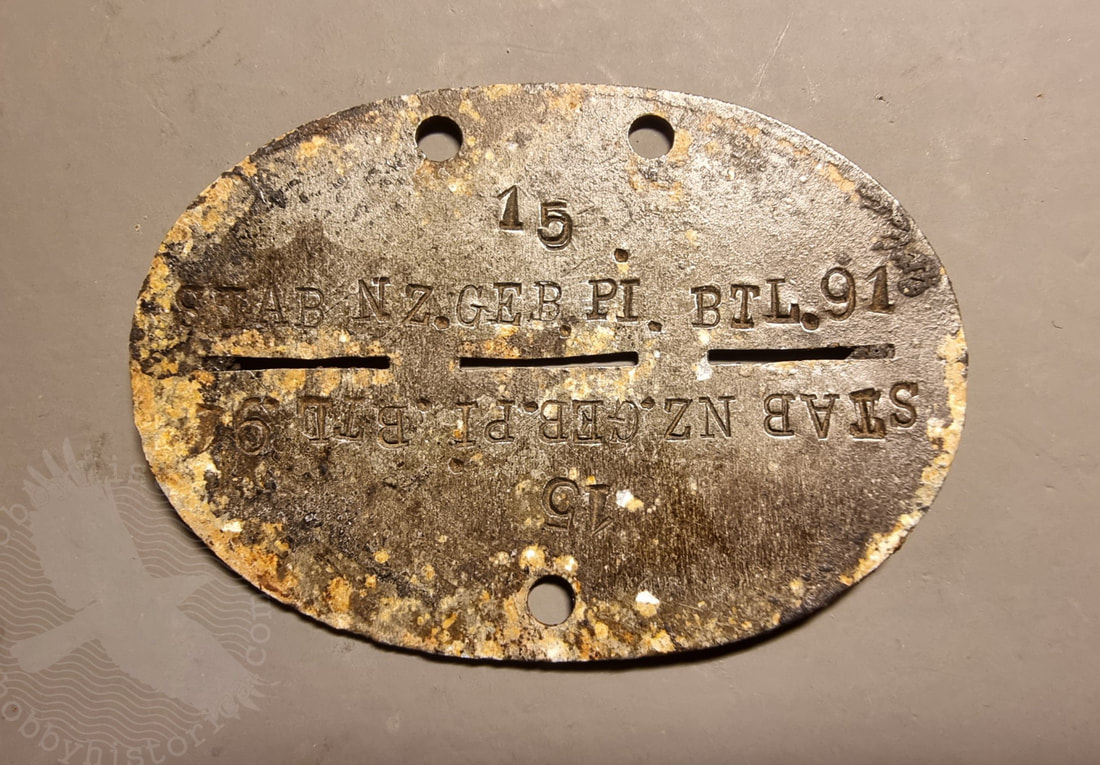





























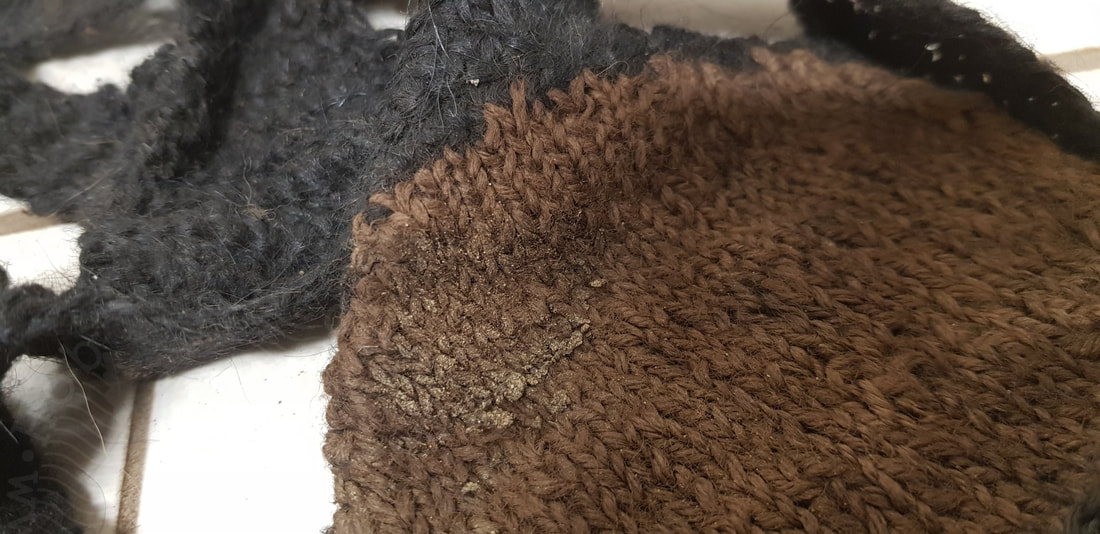

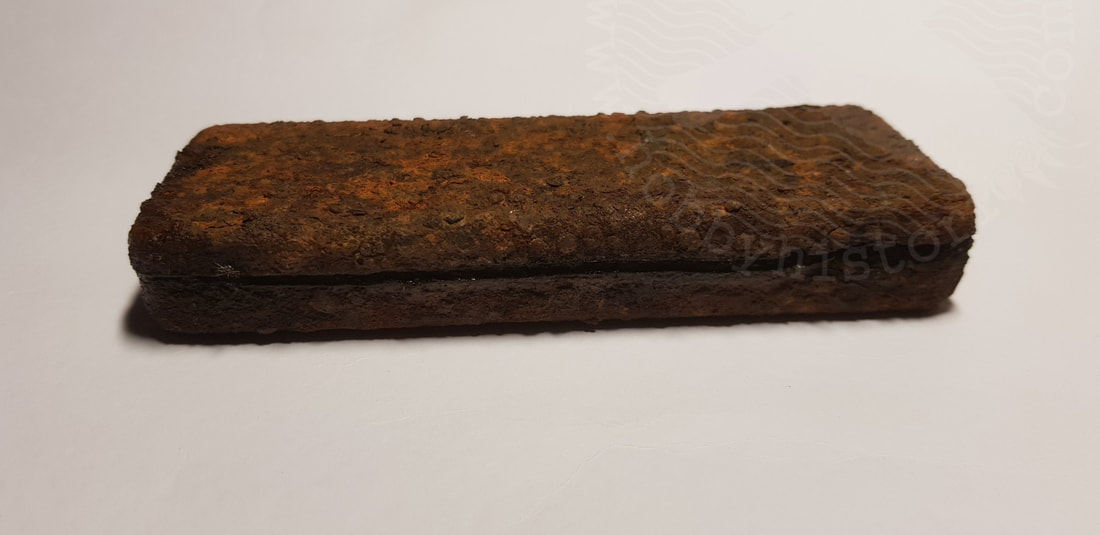
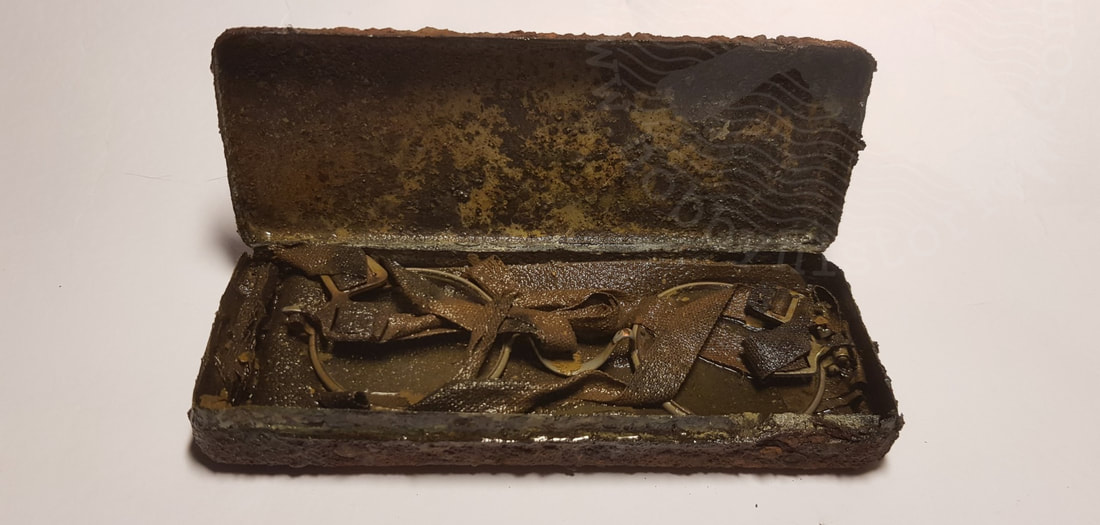




















 RSS Feed
RSS Feed